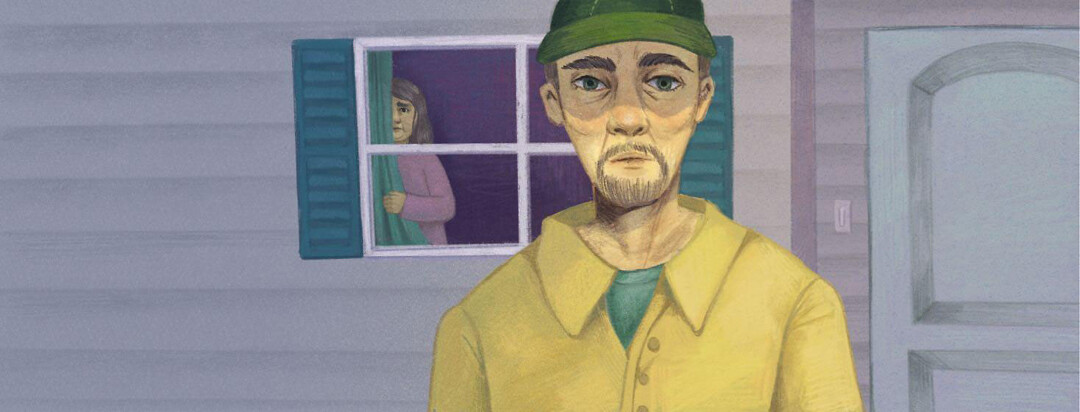Healthy Walking Or Dangerous Wandering?
Exercise is very important for all of us. We read about it almost every day. Recently I read an article that supported walking as exercise and how it can help keep couples together and support relationships.1 It made me think about how walking had supported my parents.
Keeping the routine of going for a walk
Dad was the one who was diagnosed with Alzheimer’s, Mom was his caregiver. Prior to all the changes in Dad, they did everything together, especially their daily walks. It was one of their favourite activities together.
As the disease advanced, there was some part of going for walks that stayed with Dad, even though it didn’t include Mom. That was sad for me to watch, even sadder for Mom. When Dad was very confused and didn’t know where he was, where Mom was or who Mom was, he would put on his ball cap and yellow jacket and off he went. He was “going home”.
Mom would watch from the porch to see where he went. He would go to the end of the block, about six houses down, and back. She didn’t need to follow him, she could see him. Often when he came back, he knew his house, he knew Mom. Something about that walk helped him to remember. Walking definitely supported Dad and his mental health but these walks no longer supported Mom. She was no longer part of the activity with Dad.
When walking became wandering
As time went on, the disease progressed and Dad began to wander. He knew Mom less, remembered less where he lived. But he was still mobile and walking. Mom began to monitor less where Dad was going for his walks because “he always comes back”. She didn’t seem to recognize that he had gone beyond the end of the block.
On one occasion during a family gathering, Dad could not cope with the number of people present. It was just too much for him. We didn’t recognize that this could be an issue; as a family, we were learning a lot about Alzheimer’s too. Dad proceeded to put on his ball cap and yellow coat. My brother tried to convince Dad to stay but no, he was leaving. He was going home. He was “going to find Jean” (Mom), he didn’t know where she was. We were all quite alarmed at this. My two brothers followed him, keeping a distance. They were shocked at how far Dad went. He walked several blocks in a circle, well beyond the end of the block!
Mom didn’t seem to know the danger Dad could be in when he wandered, she just knew he was angry at her because he didn’t know her. To settle things down, she would let him go for his walk. I don’t think she ever really thought he went as far as he did or that he was potentially in danger. As the disease progressed when Dad came back, he still didn’t know who Mom was but he knew he was in their house. Since he always came back, Mom trusted that he’d come back.
Making sure walking was done safely
As family, we tried to help Mom understand that although walking was good and important, it couldn’t be done safely for Dad alone. The young couple two blocks down brought Dad home a couple times because Dad thought it was his home. It took Mom a while to understand that although she couldn’t stop Dad from going out, she could distract him enough to keep him home.
I really believe walking helped to keep Dad’s brain active in whatever capacity it could manage with the changing stages. However that type of exercise was no longer safe for Dad to do alone.
One of the many sad changes Mom and Dad had to deal with.

Join the conversation